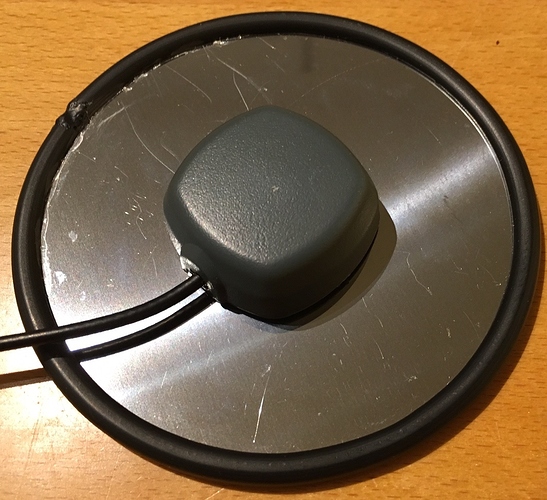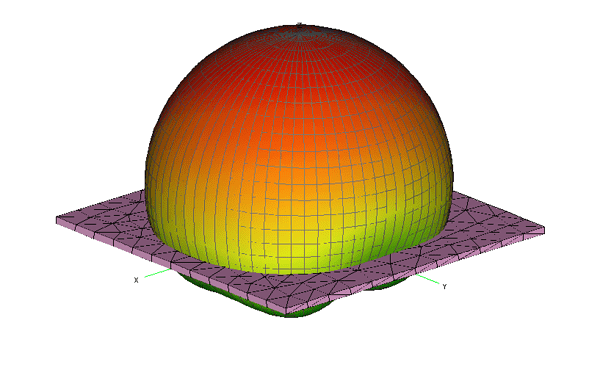Your directions call for the antenna to be mounted on a metallic ground plane.
I happen to have some raw 4"x4" copper clad pcb boards.
However I am unclear if these boards are supposed to be truly grounded.
Should a wire be attached to the ground plane? If so where should that wire terminate?
I would also very much like to know more about this!
Also is rectangular shape of the ground plane better than circle?
How much effect does the size of the ground plane have?
This does not really answer the original question. Is the ground plane a true ground plane?
When designing PCB or power supplies when one refers to a ground plane, it would usually mean you are going to tie into a shielding portion of a PCB that is actually tied to a known 0 volt reference point. Is that the case here?
It would seems to me that a floating piece of metal is forming a rudimentary capacitor rather than a ground plane.
This appears to answer the question:
At first the answer is no as there is a small one internally. Then this graph shows the size/benefit of various ground planes:
And provides a link to more detail at U-Blox: http://www.u-blox.com/images/downloads/Product_Docs/GPS_Antennas_ApplicationNote(GPS-X-08014).pdf
Furthermore this article answers the second part of the question, that the “ground” plane is not an electrical ground, just part of a “ceramic sandwich”:
But what that means to the hobby/UAVs could be different. I never had a ground plane on any of my multirotors. But am interested to test this as a “nice to have” upgrade.
You do not have to ground the ground plane, the contact to antenna is capacitive. Recommended size is about 100mm, at this size there is not much difference between square and circular.






